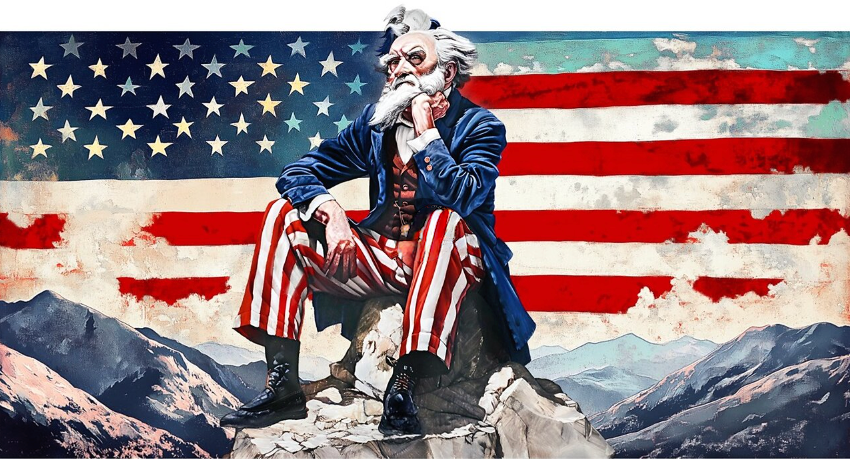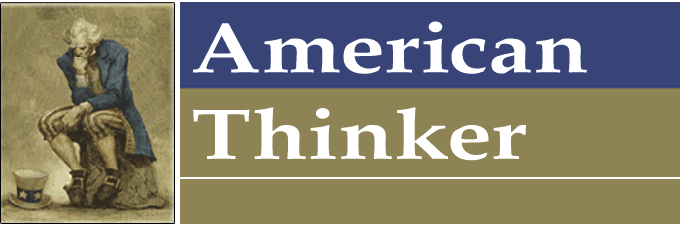
A 50% Tariff Doesn’t Mean A 50% Price Hike
This article was included in yesterday’s Conservative Article Reference List, but it is so important I am revisiting it here.

No, a 50-percent tariff doesn’t mean a 50-percent price hike
The tariff doomsday machine is roaring again. This time, it’s over talk of a 50% tariff on certain imports. Predictably, the panic peddlers are out in force, warning that such a tariff means retail prices will skyrocket by 50%. It’s an easy line to chant, but it’s wrong — flat wrong — and anyone with a basic grasp of economics should know better.
Let’s make one thing clear: a tariff applies to the transaction value, not the final retail price. The transaction value is what the importer pays the exporter, plus freight and insurance. That cost is just the first step in a long supply chain. By the time a product reaches the consumer, it’s been marked up to cover domestic shipping, warehousing, employee wages, utilities, sales tax, and profit margins for every hand it passes through. The tariff is just one input among many.
Take a simple example. A retailer imports a widget with a $100 transaction value. Add a 50% tariff, and the cost to the importer becomes $150. That importer then sells it wholesale — perhaps at $200 — to a retailer, who marks it up again to $300 for sale. That $50 tariff is now 16.7% of the retail price. Even if every penny of the tariff is passed along, you’re not looking at a 50% increase in retail price — you’re looking at something closer to 17%.
But here’s the kicker: tariffs are not always fully passed on to the consumer. Importers and retailers know they can’t raise prices beyond what the market will bear. Sometimes, they absorb part of the cost, cut expenses, renegotiate contracts, or shift to different suppliers. The market reacts; it doesn’t just lie down and take it.
Still not convinced? Look at the real-world data. The National Bureau of Economic Research analyzed the 2018–2019 U.S. tariffs on Chinese goods. They found that for every 10% tariff, retail prices rose 1–2%. So even a 50% tariff, if applied, might cause retail prices to edge up 5–10% — not 50%. That’s a far cry from the alarmist headlines.
So why do politicians and media outlets keep pushing the scare narrative? Easy: Fear sells. “Fifty percent” is a lot more dramatic than “maybe 5 to 10%.” It’s easier to provoke outrage than to explain how pricing actually works. They’re banking on the average person not understanding the difference between wholesale cost and retail price — or not caring enough to dig into the numbers.
Yes, tariffs matter. They influence trade behavior. They can increase some costs. They can disrupt certain supply chains. But they’re not some magic multiplier that doubles the price of your groceries or gadgets overnight. Anyone pushing that line is either economically illiterate or deliberately misleading you.
The next time you hear that a 50% tariff will mean a 50% price hike, don’t nod along. Push back. Ask for the math. Demand the details. Because when it comes to tariffs and retail pricing, the facts just don’t support the hysteria.